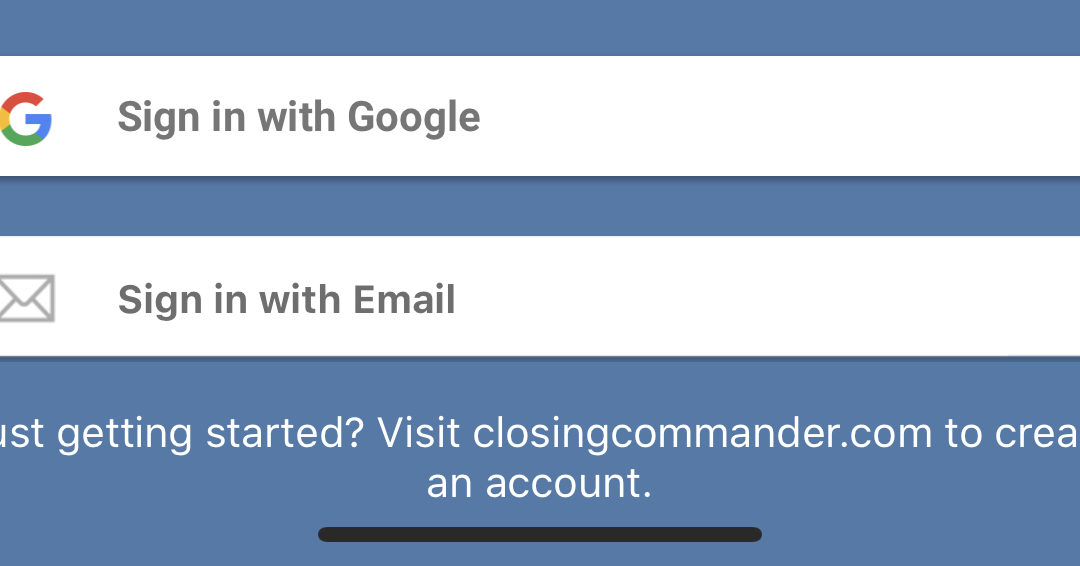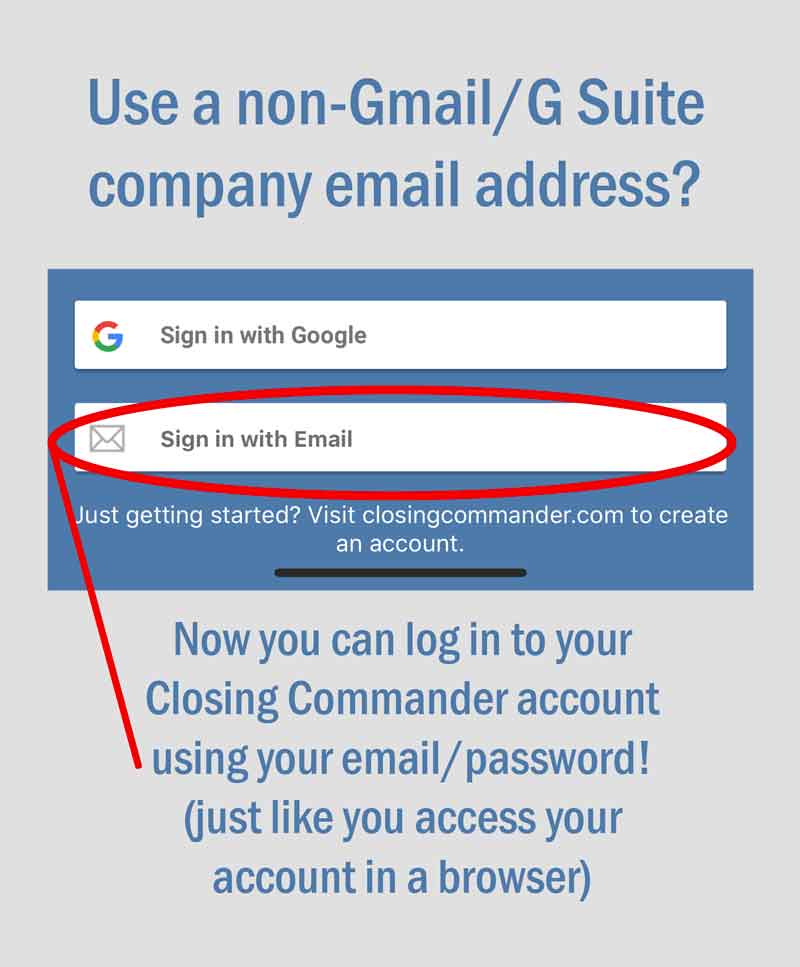
3 Tips for Engaging With Customers During Uncertain Times
[Updated 4/13/2020]
You are NOT powerless right now. In fact, the more you communicate with your customers, the more power and control you will ultimately have over how your business weathers the extraordinary times in which we find ourselves. Now is the time to focus on doing more with less. It’s time to engage with the customers you already have. It’s time to seize new opportunities. It’s time to make lemonade out of all these lemons.
So here are some ideas to help you effectively communicate with your current customers through this crisis and set yourself up for a strong comeback, or even a remarkable present. Ready?
#1 Be honest with customers about what you can do right now and what should wait.
Many of us are in areas where the local government has issued shelter-in-place orders that require non-essential businesses to shut down. Obviously, we all need to do our part to flatten the curve and cooperate with local authorities, but many services that contractors and home service businesses provide are essential.
Let your customers know what those services are, why they’re essential, and how you’re performing those services at this time.
Are you a chimney sweep? Dryer vent cleanings and flue inspections are considered essential, because these services can identify and prevent fire and carbon monoxide hazards. Are you a plumber? Your services keep our homes sanitary!
Whoever you are and whatever you do, keep your customers in the loop via social media, emails, and your website. Let them know which services can wait until things return to some version of normal, and which services they should schedule before then.
And always make sure the messaging’s focus is on your customers and their well-being, not on keeping your business afloat and your techs busy through the pandemic.
#2 Tell customers you know things like lockdowns and quarantines are affecting their decisions, and that these things are affecting your business, too.
Here’s the reality: your customers’ priorities and concerns are not what they were before the pandemic. A decision that may have seemed simple prior to COVID-19 is complicated now.
- Your customers don’t know what the future will hold, how long this pandemic will last, or if they’ll even have a job through it all. So many of them are wondering if they should be putting off services and stashing money away.
- Because we don’t have a vaccine for COVID-19, carriers can be asymptomatic, and the virus can be transmitted so easily from person to person, your customers aren’t exactly thrilled about having people in their homes right now. As a result, a home service need that may have been at the top of the priority list pre-COVID-19 may now be at the very bottom.
The only thing you can do to reassure your customers and get back on their radar is express empathy and demonstrate competence.
They want (and need) to know you understand their concerns and that you can work with them.
How do you do that?
- Let them know what services you can do without even entering their home and what precautions you’re taking to protect them should you need to work inside their home.
- Let them know what financial options you have to help them get the services they need, without using up their cash reserves. This may include a special no-interest payment program put together to help customers, or something similar.
The fact that you understand their concerns and hesitations and that you’re taking steps to serve them throughout these extraordinary times will give your customers the confidence to move forward with those essential services that simply can’t wait.
And when they’re ready to schedule those non-essential services, you’ll be the company that gets the call because you were there for them during this crisis.
#3 Explain that this may be a good time to go ahead and get the estimate, even if the work needs to wait.
One of the biggest issues with scheduling estimates is time, right? Your customers don’t want to have to take off work or find someone else to get Tiffany to piano lessons just so they can be home to meet you for an estimate.
Now, most people that are still working are working from home, and the kids are (unfortunately) not going anywhere. What better time is there to schedule that estimate and get a quote for the work they need to have done?
Even if they’re concerned about finances and won’t be ready to book the job until things are a bit safer and more predictable, they can at least get the estimate taken care of while they have free time on their hands.
Remind your customers of this “home” advantage and assuage their fears about having you in their home by offering contactless estimates or virtual estimates.
You may also want to push pre-booking a soft appointment time to do the job in the coming months, so that you’re holding a place for them in line, but they still have the option of moving the appointment out if this pandemic goes on longer than currently expected.
Don’t let your customers forget about you. Don’t let this time be wasted. This crisis will pass, and when it does, you want to be ready to bounce back. How quickly you bounce back depends on what you do now. So make communication a priority and speak to your customers’ current needs and concerns. We’ll make it through this!
For more tips on how to navigate these tough times, check out these great resources!
P.S. Are you a Closing Commander user? Now’s the perfect time to edit your templates to include copy that speaks directly to your customers’ concerns and needs during this time of crisis. We’d love to help by providing you with specific copy ideas for you to add to your email campaign. Just ask for it in the chat inside your account!






